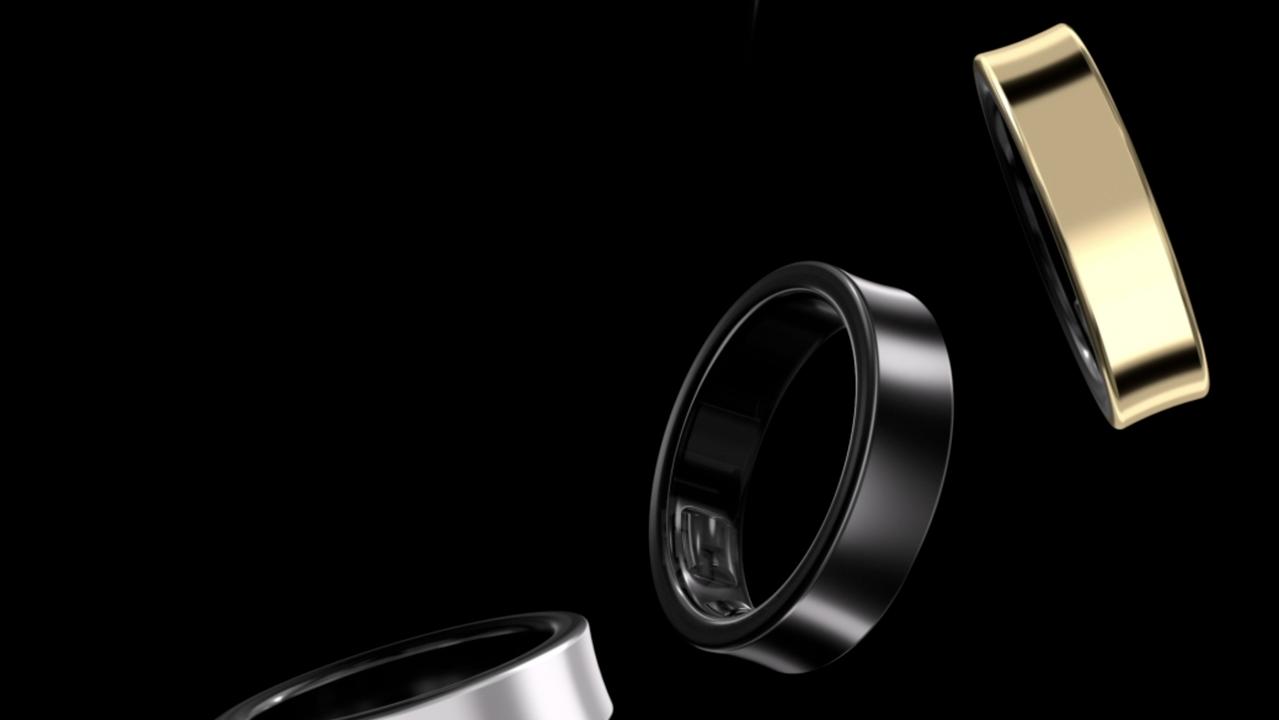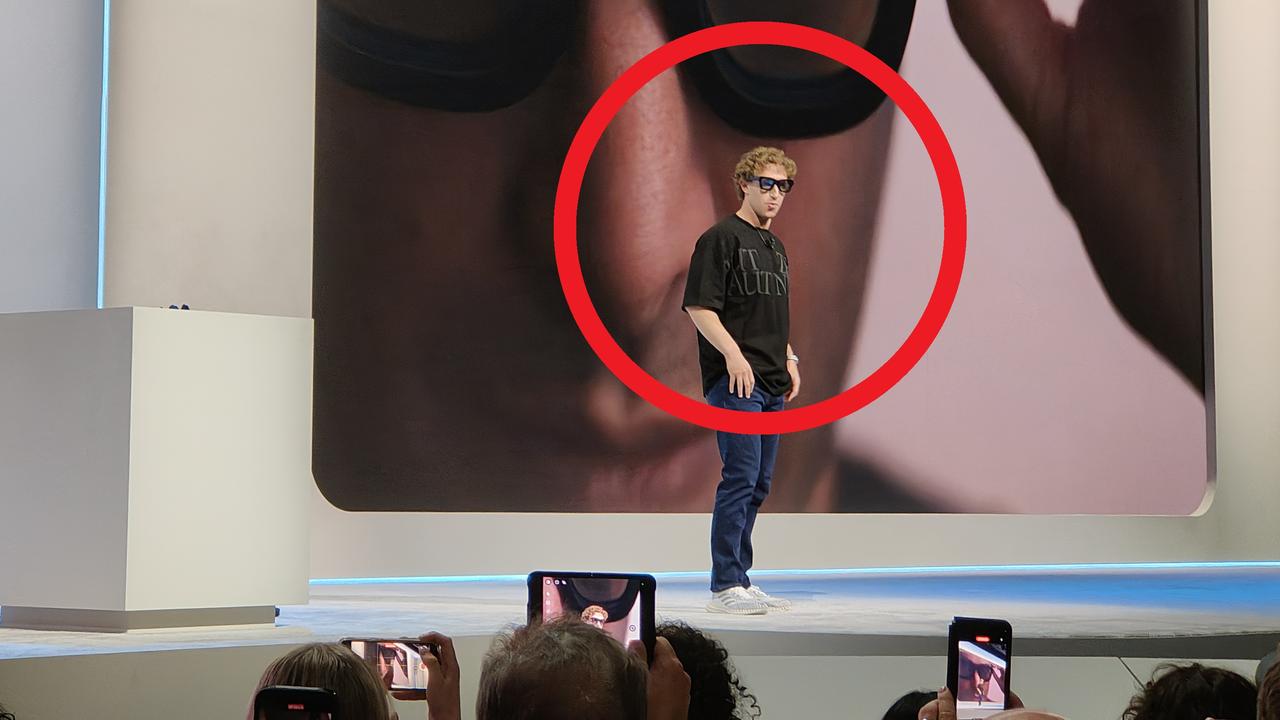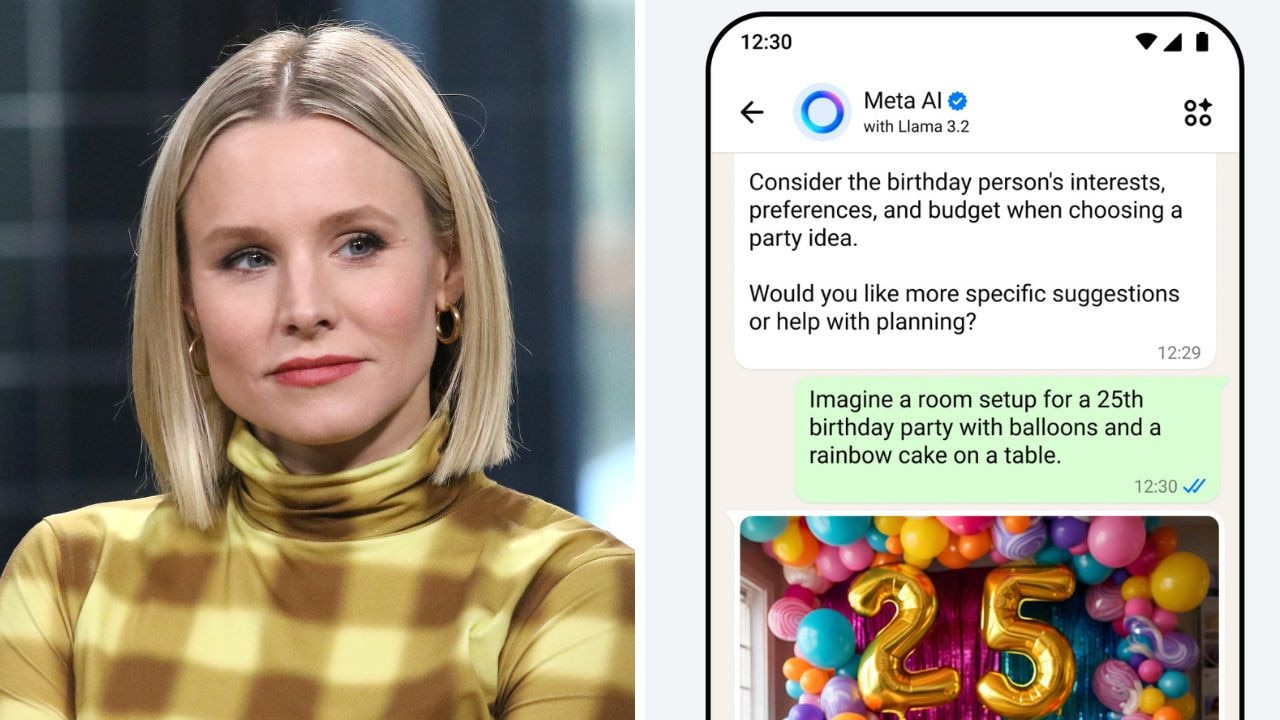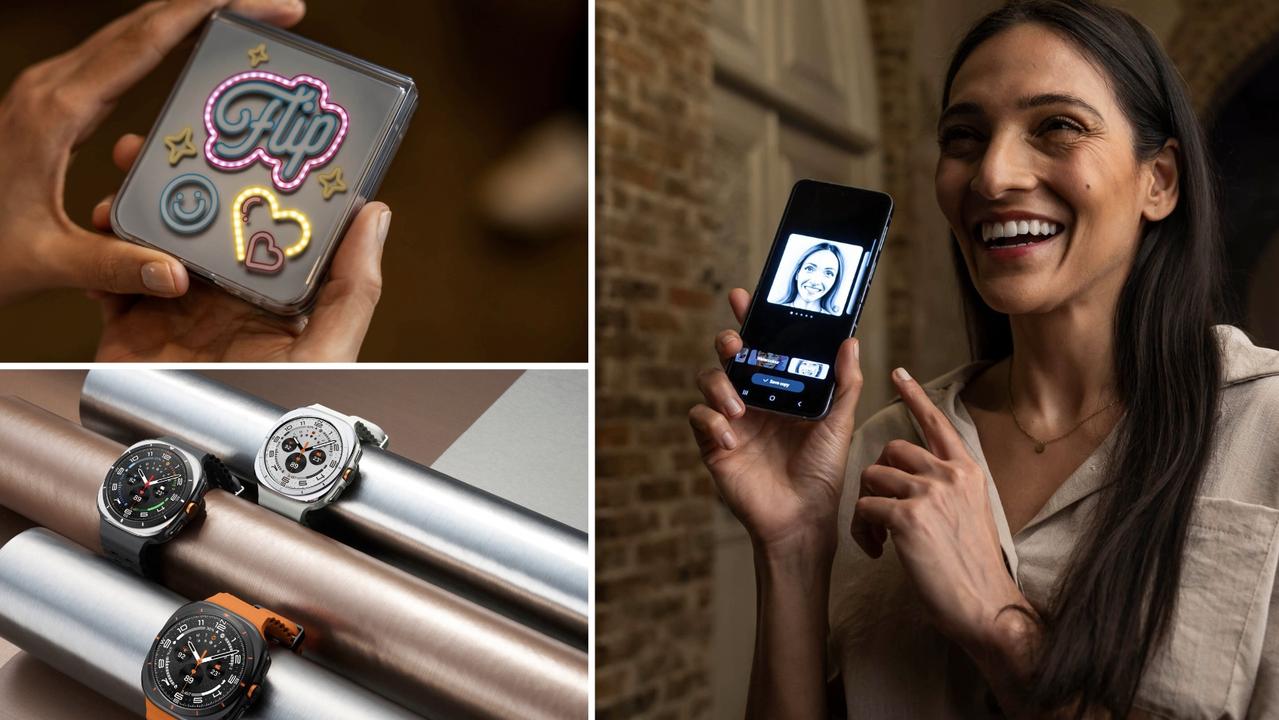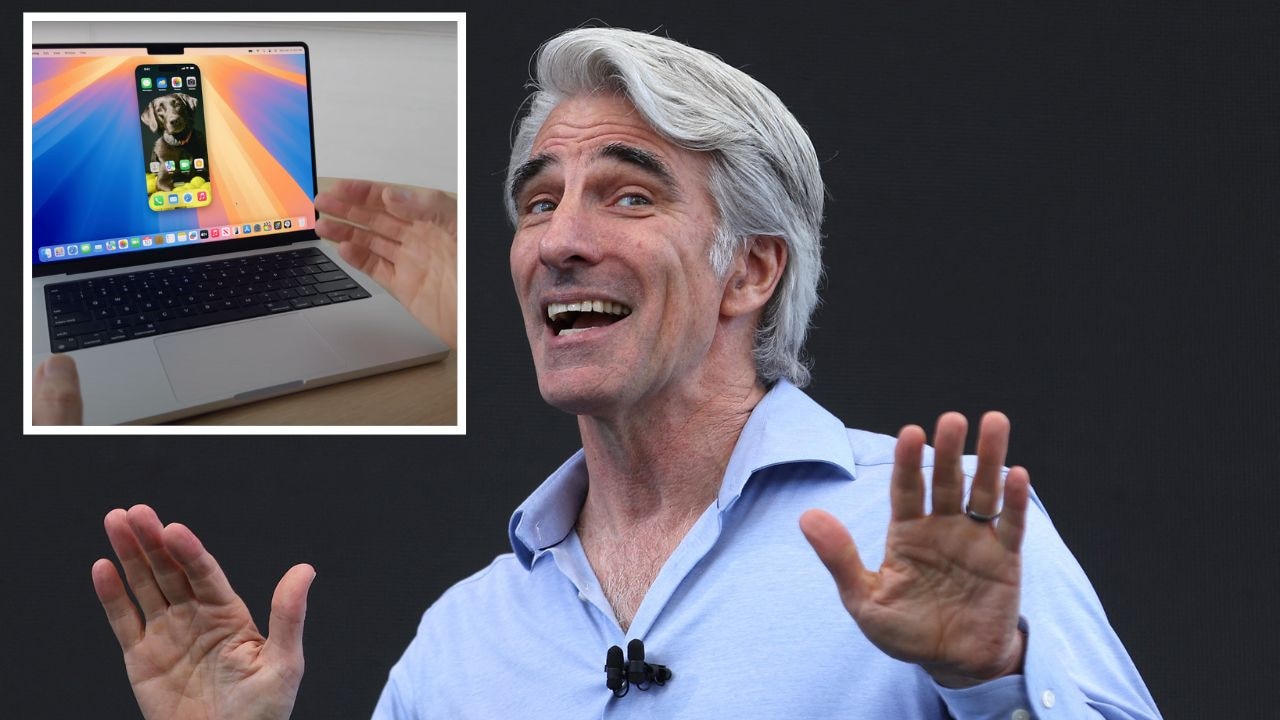Tech giants are battling it out for the smart watch space on your wrist
With 1.3 million wearable devices already sold in Australia this year, the fight to sell us bigger and better wrist gadgets is heating up.
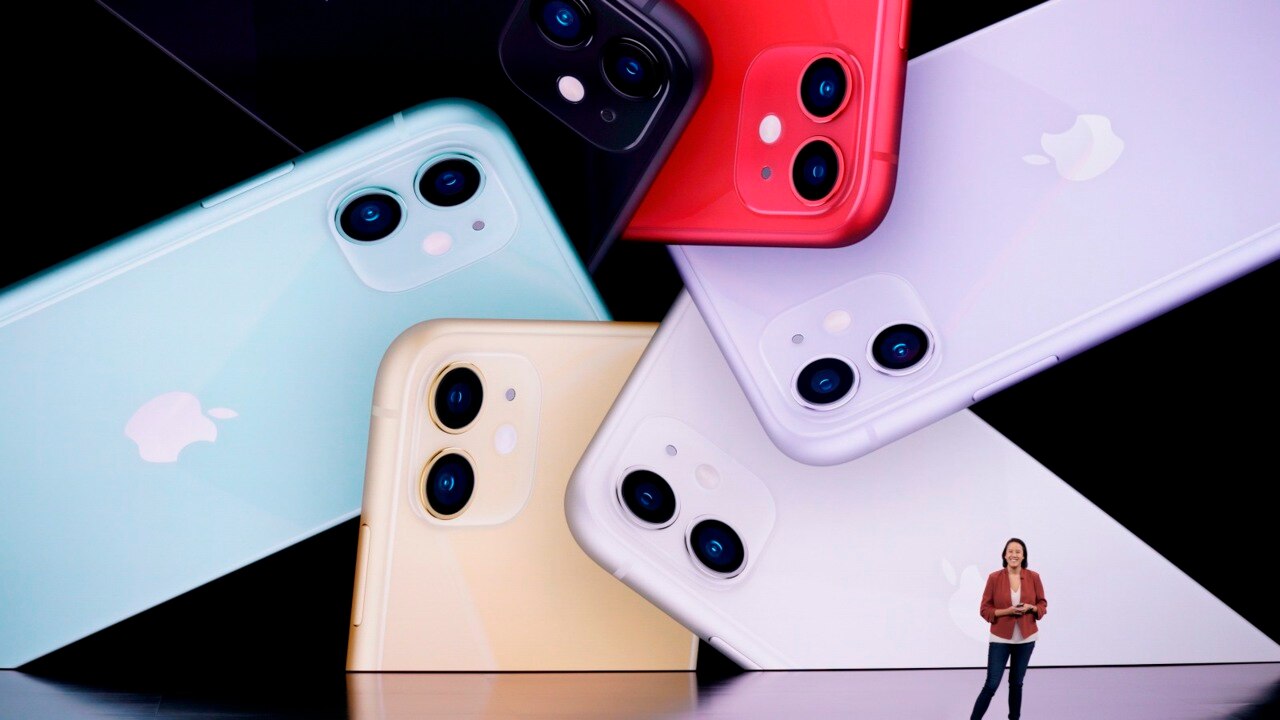
Wearables
Don't miss out on the headlines from Wearables. Followed categories will be added to My News.
Expect big tech companies to fight harder than ever for a spot on your wrist this year, with more smartwatch launches lining up to win you over in the coming months.
And new research this week shows Australians are likely to lap up the attention, with sales of wearable devices reaching 1.3 million in the first half of 2022.
Experts say smartwatch technology appears to be “defying economic conditions” as more people prioritise their health during the pandemic.
Apple launched the first “pro” version of its smartwatch on Thursday, while Google fans are eagerly awaiting details of the long-rumoured Pixel Watch that’s tipped to become a reality within weeks.
Meanwhile, Fitbit has just revealed two new smartwatches, including the second version of its top model Sense, and Samsung released its Galaxy Watch5 Pro in Australia on September 2.

Telsyte managing director Foad Fadaghi says the well-connected wrist gadgets are likely to find a receptive audience in Australia, where consumers snapped up 881,000 smartwatches between January and June – an increase of 9 per cent on 2021.
“We’ve seen growth in the smartwatch market that seems to be defying economic conditions,” Fadaghi says.
“The arrival of very strong competitors to the Apple Watch has helped the market to grow. The Apple Watch is obviously the benchmark and up until recently those with Android phones have been unable to have a good experience. That gap has definitely narrowed.”
Telsyte’s Australian Smartphone and Wearable Devices Market Study, released this week, reveals Apple still accounts for 45 per cent of smartwatches sold in Australia, but that figure is down by 7 per cent.
And Fadaghi warns some new smartwatches – like those from Fitbit and Samsung – are adding new health-tracking features that could further challenge the market leader.
“If we don’t see new features from Apple Watches, a gap might occur,” he says.

“Sleep-tracking was a great example. Before Apple had sleep-tracking, momentum was building for Fitbit and others that did.
“Once Apple introduced it, it took a bit of steam out.”
Many Australians are also looking into buying their second or third smartwatch, Fadaghi says, and need to be given a “demonstrable advantage” in their next model.
Apple’s next smartwatch could be its first “pro” model, according to current rumours, which suggest the addition of a bigger display, longer battery life, and more rugged exterior.
The watch, which was reportedly nicknamed the “explorer edition” within the company, could debut at Apple’s “Far Out” event, held on Wednesday in the US.
If true, Apple would be following the path of Samsung that recently launched its first Pro watch, featuring a three-day battery life, larger screen, sapphire crystal finish, and support for hiking maps.
Samsung Australia mobile vice-president Garry McGregor says the smartwatch is designed to attract a new audience that wants more data about their workouts and fitness, and to rival devices from the likes of Garmin and Fitbit.
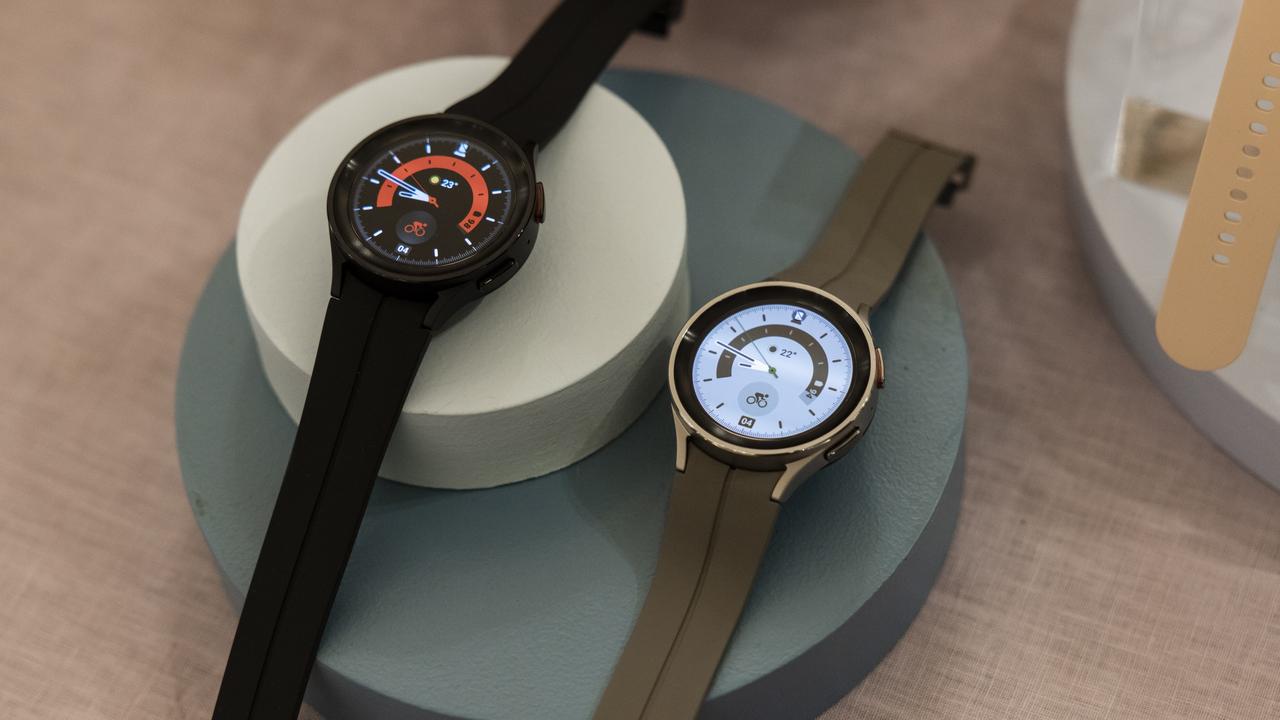
“When you go into the premium sporting category you need a level of detail and data points and we’ve been able to get that level of detail,” McGregor says.
“I think it can give other products in similar categories a run for their money at a significantly reduced cost as well.”
Fitbit’s new Sense 2, however, will also be in the running for top health-focused wearable device when it hits Australian stores on September 29.
The Google-owned company’s new wearable will focus on stress-tracking, with a new sensor to identify when users are overwhelmed or overexcited, and offer assistance like cues to meditate.
The $448 device will also track the wearer’s sleep in detail, as well as their daily movement, exercise and “readiness score”.
It also adds a temperature sensor, though Google group product manager Elena Perez says the data it collects won’t be used to identify infections or fertility cycles just yet.
“We’re really excited about the potential for this body sensor and what we could develop with it going forward,” she says.
“This is just the beginning.”
More Coverage
Originally published as Tech giants are battling it out for the smart watch space on your wrist




